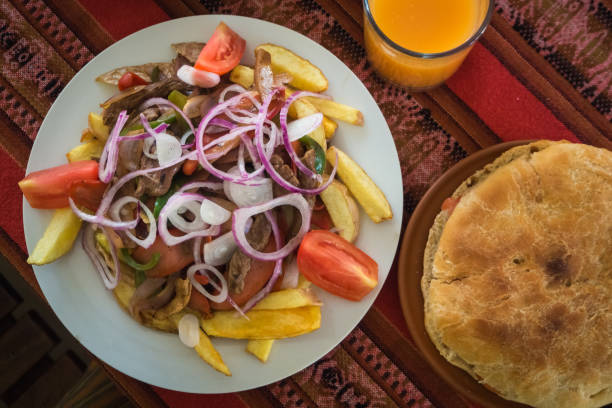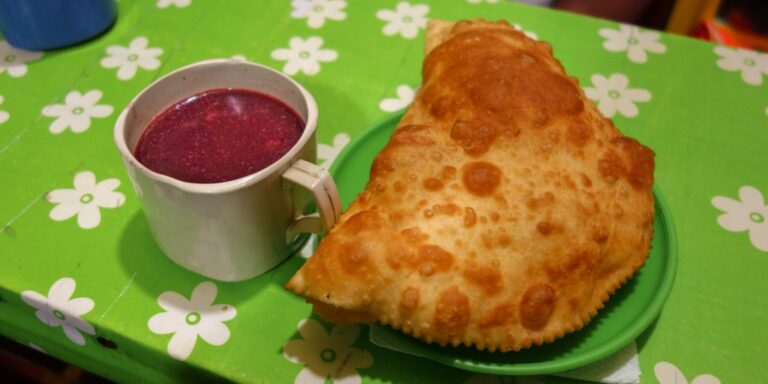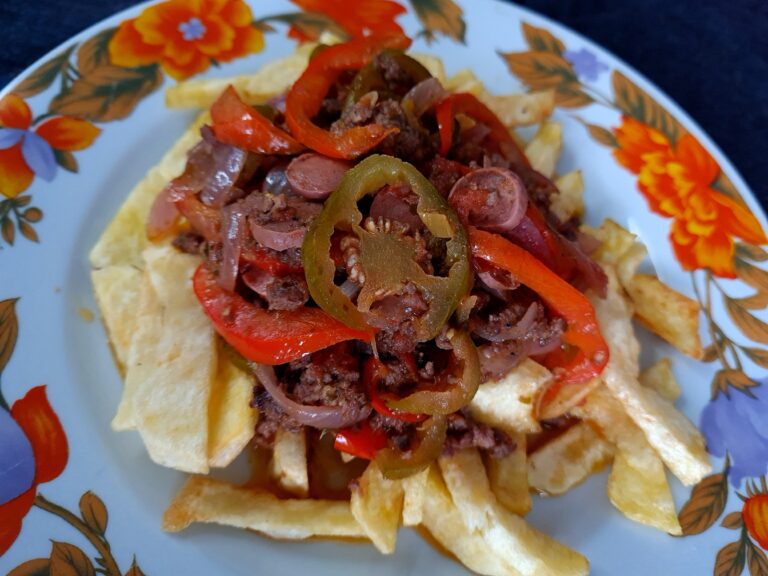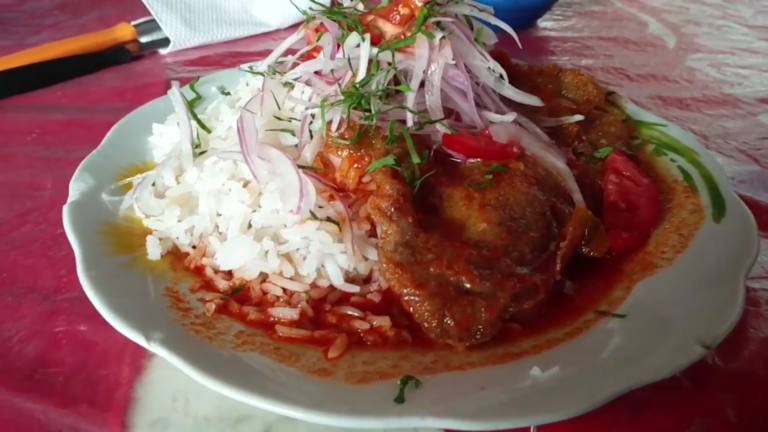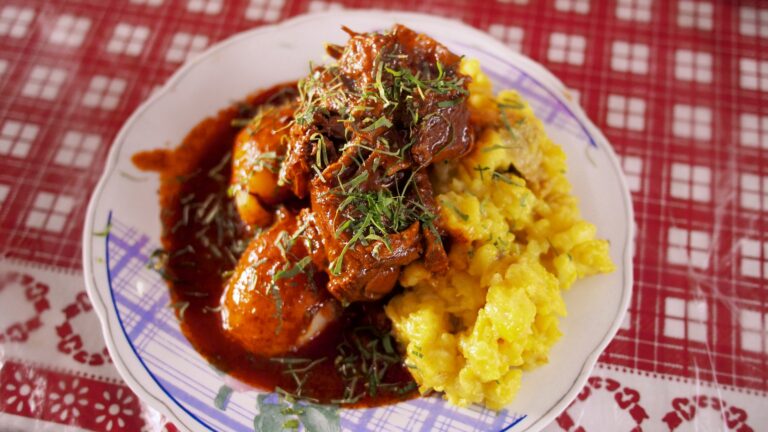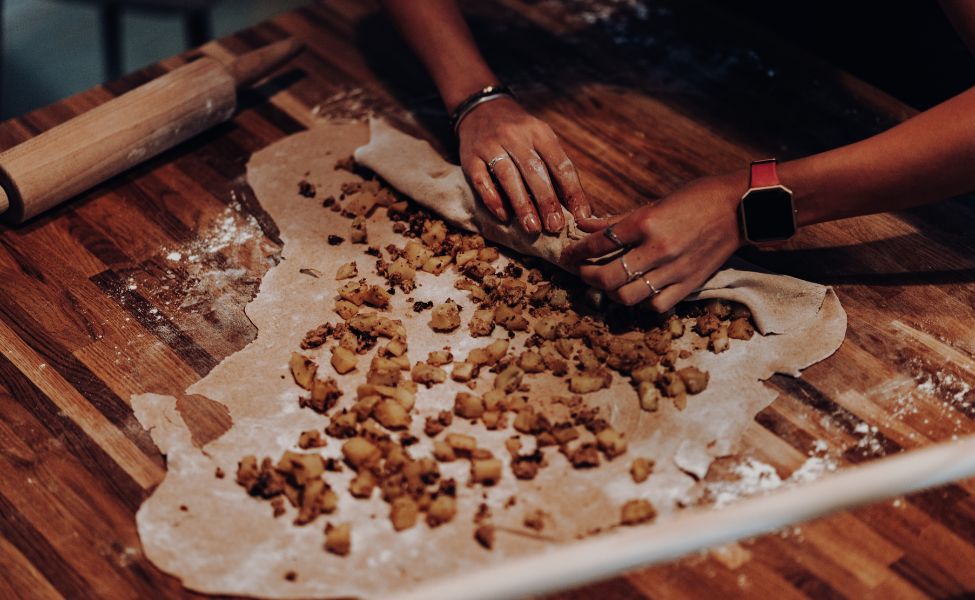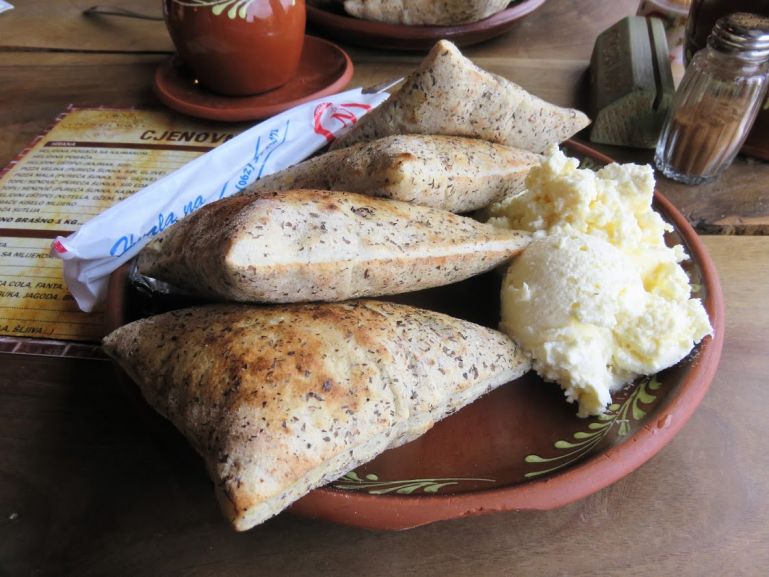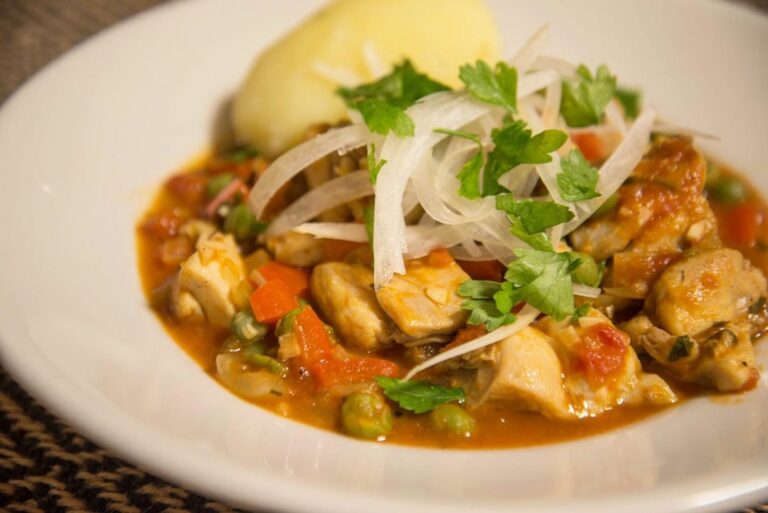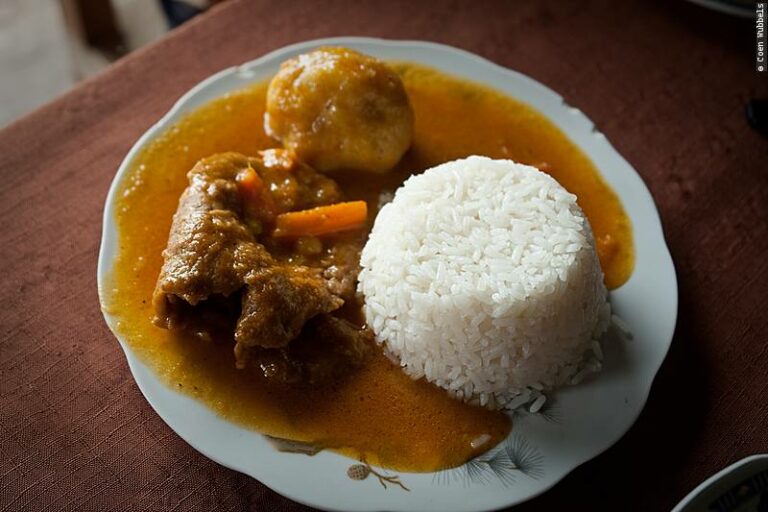Introduction: Bolivian Cuisine
Bolivian cuisine is a reflection of the country’s diverse cultural heritage and geographical features. Located in the heart of South America, Bolivia is known for its Andean mountains, Amazon rainforest, and high-altitude plains. The country’s cuisine is influenced by indigenous traditions, Spanish colonialism, and neighboring countries like Peru and Brazil. Bolivian dishes often feature a blend of flavors, textures, and colors that reflect the country’s rich history and natural resources.
The Importance of Spices in Bolivian Cooking
Spices play a crucial role in Bolivian cooking, adding depth, aroma, and heat to dishes. Bolivians use a variety of spices, ranging from mild to extremely spicy, depending on the region, season, and occasion. Spices are often used in combination with other ingredients like herbs, vegetables, grains, and meats to create complex and flavorful dishes. Bolivians also use spices for medicinal and cultural purposes, believing that they have healing properties and can ward off evil spirits.
Common Spices Used in Bolivian Dishes
Some of the most common spices used in Bolivian dishes include chili peppers, cumin, garlic, oregano, and paprika. Chili peppers are perhaps the most important spice in Bolivian cuisine, as they provide the characteristic heat and flavor that define many dishes. Bolivians use a wide variety of chili peppers, ranging from mild to extremely hot, and often combine them in different ways to create unique flavors. Cumin is another essential spice in Bolivian cooking, providing a warm and earthy flavor that complements meats, beans, and vegetables. Garlic and oregano are also popular spices, adding savory and aromatic notes to dishes. Paprika, often used in Spanish-influenced dishes, adds a smoky and sweet flavor to meats and stews.
Examples of Spicy Bolivian Dishes
Some of the most popular spicy Bolivian dishes include salteñas, a type of baked empanada filled with beef, chicken, or vegetables and served with a spicy sauce; chairo, a hearty soup made with lamb, potatoes, squash, and chuño (freeze-dried potatoes) and seasoned with ají (a type of chili pepper) and other spices; and pique macho, a dish of sliced beef, sausage, potatoes, and onions topped with a spicy sauce made with tomatoes, chilies, and vinegar. Other spicy Bolivian dishes include fricasé (a stew made with pork, potatoes, and spices), llajwa (a dip made with tomatoes, chili peppers, and herbs), and anticuchos (grilled beef or chicken skewers marinated in spices).
Regional Variations in Spiciness
The spiciness of Bolivian dishes varies widely depending on the region and local traditions. In general, dishes from the Andean highlands tend to be spicier than those from the lowlands, due to the availability of chili peppers and the cold weather that makes spicy food more appealing. Some regions, like Cochabamba, are known for their love of spicy food and use chili peppers liberally in many dishes. Other regions, like Santa Cruz, use milder spices and focus more on the freshness and flavor of local ingredients.
Accommodating Different Tastes in Bolivian Cuisine
Although Bolivian cuisine is known for its spiciness, not all dishes are extremely hot, and many can be adjusted to suit different taste preferences. Bolivians often use ají amarillo (a mild chili pepper) in dishes to provide flavor without too much heat, or serve spicy sauces on the side so that diners can add as much or as little as they like. Some dishes, like chicha (a fermented corn drink), are traditionally served with spicy accompaniments like pork rinds or toasted corn, but can also be enjoyed without them.
Health Benefits of Spicy Bolivian Food
Spicy food has been shown to have a number of health benefits, including boosting metabolism, improving digestion, reducing inflammation, and even reducing pain. Many of the spices used in Bolivian cuisine, like cumin and garlic, have been used in traditional medicine for centuries and are believed to have anti-inflammatory and antimicrobial properties. However, it’s important to note that some people may be sensitive to spicy food or have digestive issues that make it uncomfortable to eat.
Conclusion: Bolivian Cuisine and Spice
Spices are an essential part of Bolivian cuisine, adding flavor, heat, and cultural significance to many dishes. Whether you prefer mild or spicy food, Bolivian cuisine has something to offer, from hearty soups and stews to savory empanadas and grilled meats. By exploring the diverse flavors and regional variations of Bolivian cuisine, you can gain a deeper appreciation for the country’s rich culinary heritage and natural resources.


